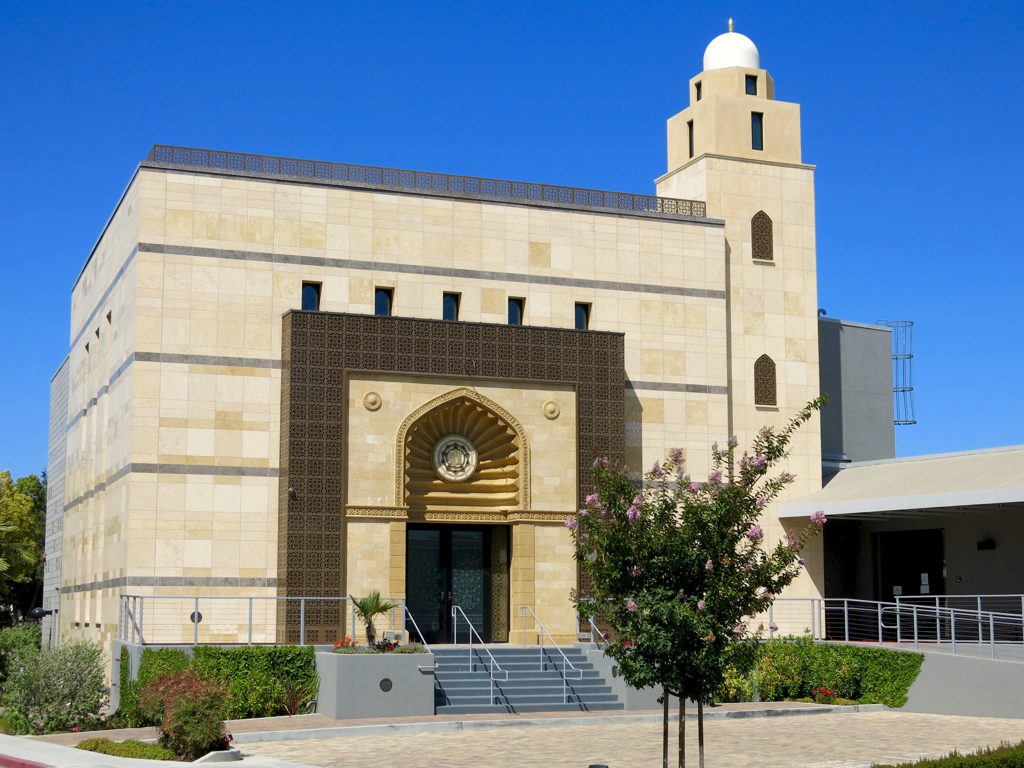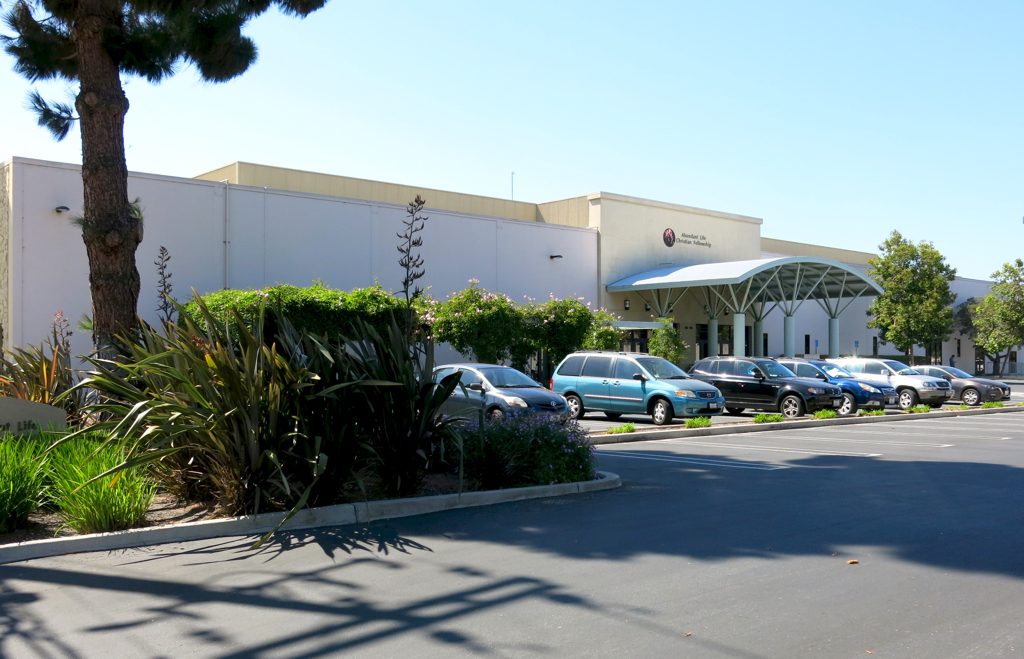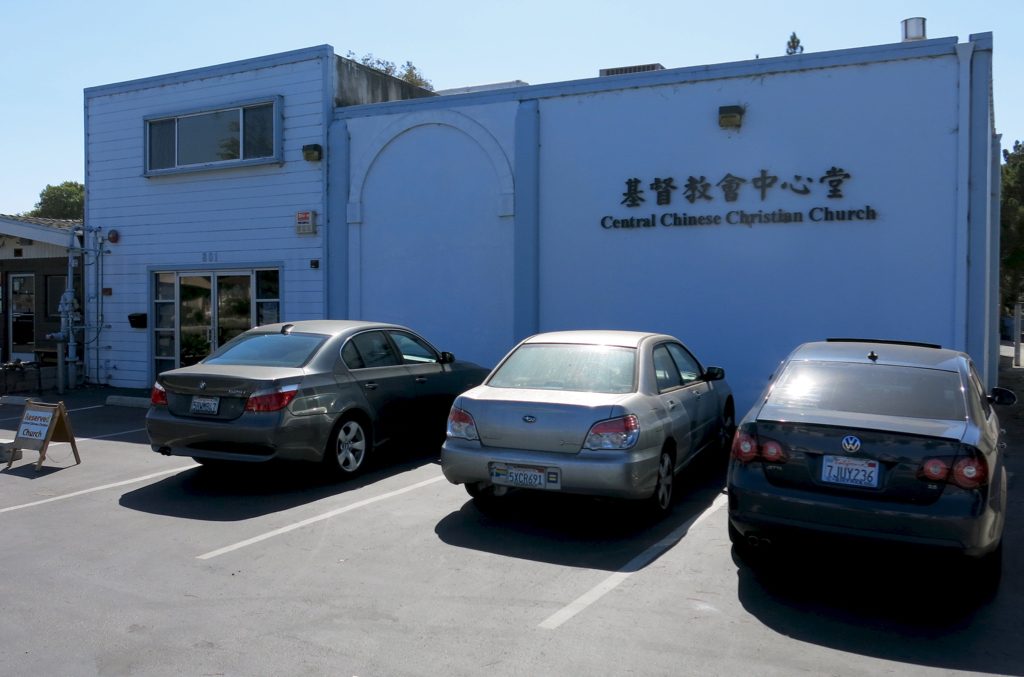“What does religion look like to you? Taste like? Smell like?” So asks Pauline Lee, associate professor at Saint Louis University (SLU) — as she and Pauline Lindsey, an assistant professor at SLU, create a digital database of lived religion in St. Louis, Missouri. A press release from SLU dated Nov., 2018, says in part:
“Our hope is to tackle preconceived notions about this thing we call ‘religion’,”Lindsey said. “What does the study of religion look like when we shift public attention from shared beliefs (be they theological, moral, or civic) to shared spaces? And more than that, what does religion do in these spaces?”
A recent article from Religion News Service (RNS) reports on the progress of the project, called Lived Religion in the Digital Age. According to the article, “Lived Religion is a method of studying religion that focuses on religious practices and beliefs in everyday life — not only those that take place in a church or during a religious celebration.”
The RNS article reports how the researchers are documenting what’s going on a Centenary United Methodist Church, which continues to house a church, but also houses a bakery staffed by ex-felons and run by a Buddhist priest. After noting that Centenary Church is LGBTQ-friendly, the article quotes Lindsey as saying, “then you have these stories of Buddhism and social justice all happening in the same place and in conversation with each other, and it’s hard to think about this using the categories that we typically use to study religion.”
This approach to religion has implications for how we teach religious literacy to Unitarian Universalist children and teens. It is tempting to teach children about religion based on the old categories we Unitarian Universalists have inherited from our Protestant past, which emphasize belief and hard boundaries between religions. However, in an increasingly multi-cultural world, those old categories are becoming less and less useful for understanding how people are doing religion today. In addition, we Unitarian Universalists are also likely to believe that, while religions may be different on the surface, they all have the same goal. Yet as the world becomes increasingly multi-cultural, it becomes increasingly difficult to maintain the fiction that religions as diverse as Cao Daism, Scientology, Santeria, fundamentalist Christianity, and Therevada Buddhism are pretty much like Unitarian Universalism.
These days, when I teach or write curriculum for Unitarian Universalist kids, I try to point out both the similarities and the differences between religions. For example, I’ve been developing (and am currently co-teaching) a curriculum with the working title “Neighboring Faith Communities” which invites middle schoolers to explore the emotional, social, and material dimensions of nearby faith communities. Exploring the social dimension of other faith communities can help reveal differences such as treatment of men and women and non-binary genders, differences of treatment of races (yes, we do explore just how white Unitarian Universalism is), attitudes towards various sexual orientations, etc. And another aspect of the social dimension of religion, how a faith community tries to affect the world outside it, can reveal commonalities such as a shared desire to assist people who are poor, homeless, or hungry. I have come to feel that in order to teach about other religions, the teacher must cultivate in students both an understanding of the profound strangeness of other religious traditions (Confucian priests put out bowls of celery in certain rituals), and the commonalities between religious traditions (Sikh gurdwaras provide free meals to all comers, mainline Protestant Christians are committed to helping the poor, etc.).
At the same time, the growth of digital resources allow us teachers to present students with more than written statements and religious texts. As a teacher, I can always use more resources that present lived religion digitally, because those digital resources allow students to see in new ways how people are actually living their religions. Unfortunately, there’s very little about lived religion yet posted on the Lived Religion in a Digital Age Web site — let’s hope they begin posting their video documentation, and crowd-sourced photos of religion, soon.



